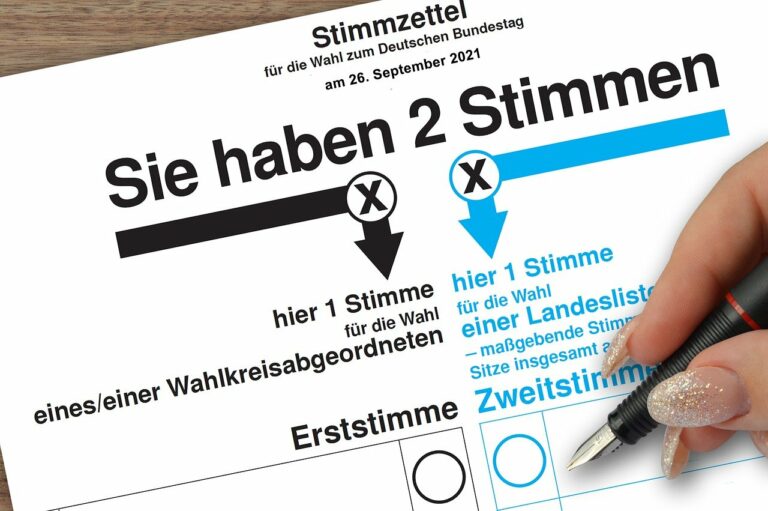Investigating the Role of Digital ID Systems in Voter Verification
Voter verification technology plays a crucial role in ensuring the integrity of elections worldwide. By utilizing various methods such as biometric scanning, ID cards, and digital signatures, this technology helps validate the identity of individuals before they can cast their votes. These systems are designed to prevent fraudulent activities like voter impersonation and multiple voting, ultimately safeguarding the democratic process.
Moreover, voter verification technology enhances the efficiency of electoral operations by streamlining the check-in process at polling stations. With the use of electronic databases and real-time connectivity, election officials can quickly verify voter identities and update their status, reducing the likelihood of errors and discrepancies. This not only expedites the voting process but also provides a more secure and reliable means of conducting elections in the digital age.
Understanding the Need for Secure Voter Identification
Secure voter identification is a crucial aspect of maintaining the integrity of democratic elections. Without reliable methods of verifying voters’ identities, there is a risk of fraud and manipulation of election results. By implementing secure identification measures, authorities can ensure that only eligible voters have the right to cast their ballots, thus upholding the fundamental principles of democracy.
In this digital age, the need for secure voter identification has become even more pressing. With advancements in technology, it has become easier for malicious actors to tamper with election processes and influence the outcome. Secure identification systems help prevent unauthorized access to voting systems and protect the sanctity of the electoral process.
Challenges of Implementing Digital ID Systems in Voter Verification
Implementing digital ID systems in voter verification poses significant challenges for governments and election officials globally. One major obstacle is the issue of accessibility, as not all citizens may have easy access to the technology required for digital identification. This digital divide could potentially disenfranchise certain groups and undermine the inclusivity of the electoral process.
Moreover, concerns over data privacy and security continue to impede the widespread adoption of digital ID systems for voter verification. The collection and storage of sensitive personal information raise valid fears about potential breaches and unauthorized access. Safeguarding voter data against cyber threats and ensuring the integrity of digital ID systems remain crucial tasks that must be addressed before widespread implementation can be achieved.
What is voter verification technology?
Voter verification technology refers to the use of digital ID systems to verify the identity of voters during elections.
Why is secure voter identification necessary?
Secure voter identification is necessary to prevent voter fraud and ensure the integrity of the electoral process.
What are some challenges of implementing digital ID systems in voter verification?
Some challenges include ensuring the security and privacy of voter data, addressing concerns about potential disenfranchisement of certain groups, and the cost of implementing and maintaining the technology.
How can these challenges be addressed?
These challenges can be addressed by implementing strong data security measures, conducting thorough testing and evaluation of the technology, and ensuring that all eligible voters have access to the necessary identification.





